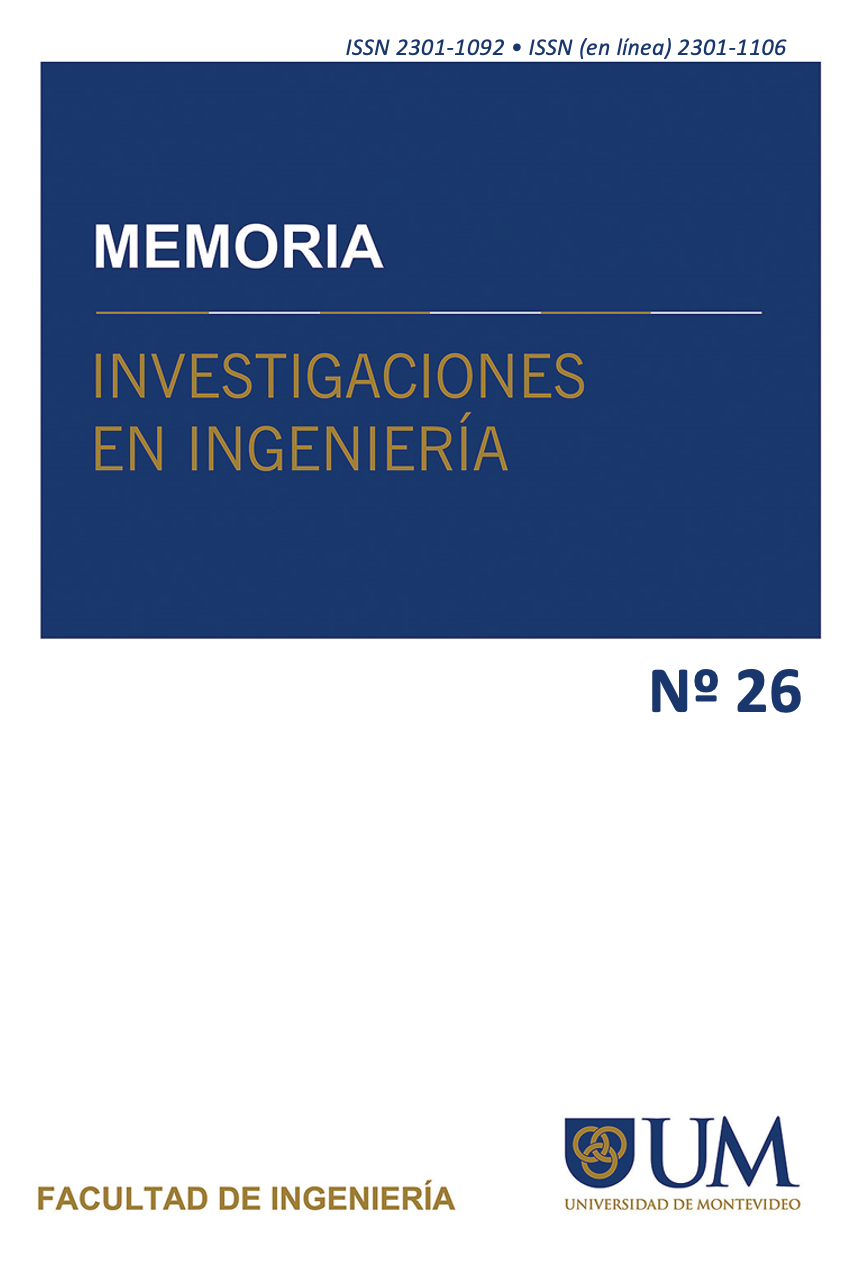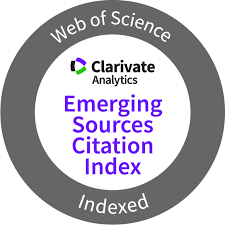Design of a control system for the treatment of cooling water from a sulfur former
DOI:
https://doi.org/10.36561/ING.26.5Keywords:
Control system, Sulfur former, SimulationAbstract
The design of a control system for the treatment of cooling water of a sulfur former in a crude oil upgrader is presented, to maintain the conductivity of the cooling water in established ranges, and in this way avoid the accumulation of minerals in the pipes which deteriorates the cooling system. In the development, the physicochemical properties to be controlled were determined, such as conductivity, its biological agents and the dissolved solids (TDS) present in the water, treating the conductivity through controlled purges and the microorganisms and TDS through the dosage of chemical products. Also, the conductivity and chemical dosing control system was designed using a Programmable Logic Controller, the different components such as sensors, pumps, valves, level meter and conductivity meter were selected and subsequently the control system was validated through simulation of the process within the LOGO SOFT comfort software. The results demonstrated the correct on and off operation of the pumps and valves, and it was concluded that the design is capable of keeping all the parameters controlled in the event of any change in the input variables.
Downloads
References
NALCO, (1990). Manual Técnico de Agua de Enfriamiento. Sección 1 y 3, Illinois: Naperville S.A. URL
González – Rondón, Y. Rengel, J. & Martínez, J. (2021). Simulación termofluidodinámica en un molde de colada continua de acero. Revista Memoria Investigaciones en Ingeniería. No. 21. https://doi.org/10.36561/ING.21.4
Guan, C., Yicheng, Y., Nan, Y., Nanyan, H., Jie, Z., Yang, H. (2021). A critical review of prevention, treatment, reuse, and resource recovery from acid mine drainage, Journal of Cleaner Production, Volume 329.
Jun, L., Salma, T. (2022). Synergism of hydrolytic acidification and sulfate reducing bacteria for acid production and desulfurization in the anaerobic baffled reactor: High sulfate sewage wastewater treatment, Chemical Engineering Journal, Volume 444.
Macías, M., Padilla, H., Jordy, L. (2021). Evaluación del tiempo de retención hidráulico de la planta de tratamiento de aguas residuales en base a lodos activados como posible causante de la contaminación odorífera en la ciudadela Puerto Seymour. Guayaquil. ULVR. Facultad de Ingeniería, Industria y Construcción Carrera de Ingeniería Civil. 109 p.
Colomo, A. (2001). Instructivo de la unidad Formadora de Azufre “Trenes Solidificadores”.Operadora Petroanzoategui C.A.
Yanhui, L., Shaoming, D., Zhouyang, B., Shuzhong, W., Fan, Z., Jie, Z., Donghai, X., Jianqiao, Y. (2022). Corrosion characteristics and mechanisms of typical iron/nickel-based alloys in reductive supercritical water environments containing sulfides, The Journal of Supercritical Fluids, Volume 187.
Zhao, Z., Chunhui, Z., Yang, Y., Zhuowei, Z., Yuanhui, T., Peidong, S., Zhiwei, L. (2022). A review of sulfate-reducing bacteria: Metabolism, influencing factors and application in wastewater treatment, Journal of Cleaner Production, Volume 376.
Hong-Cheng, W., Ying, L., Yu-Meng, Y., Ying-Ke, F., Shuang, L. Hao-Vi, C. Ai-Jie, W. (2022). Element sulfur-based autotrophic denitrification constructed wetland as an efficient approach for nitrogen removal from low C/N wastewater, Water Research, Volume 226.
Nallakukkala, S., Rehman, A., Zaini, D.B., Lal, B. (2022). Gas Hydrate-Based Heavy Metal Ion Removal from Industrial Wastewater: A Review. Water, 14, 1171. https://doi.org/10.3390/w14071171.
Elis, W., Nogueira, L., Augusto, G., Lauren, N., Márcia, R. (2021). Sulfate and metal removal from acid mine drainage using sugarcane vinasse as electron donor: Performance and microbial community of the down-flow structured-bed bioreactor, Bioresource Technology, Volume 330.
Suárez, V. y Trujillo, D. (2011). Diseño y Construcción de un Equipo de Prueba de Jarras para la Tratabilidad de Aguas Residuales. Escuela Superior Politécnica de Chimborazo. Riobamba.
LIPESA, (2003). Manual Técnico de Sistemas de Enfriamiento. Sección 3 y 5. Barcelona. URL
Rigola, M. (2001). Tratamiento de aguas industriales: aguas de procesos y residuales. Barcelona, España: Alfaomega Marcombo S.A.
INFOAGRO (2009). Informe de conductividad. URL
González – Rondón, Y. (2022). Automatización del sistema de medición de parámetros en un compresor centrífugo de pruebas experimental ARMFIELD FM 12. Revista Servolab Science. Volumen 1, No. 2. URL
American National Standards Institute. Committee B31, Code for Pressure Piping. (2002). Pipeline Transportation Systems for Liquid Hydrocarbons and Other Liquids: ASME Code for Pressure Piping, B31. American Society of Mechanical Engineers. URL
Creus, A. (2005). Instrumentación Industrial. Barcelona, España: Alfaomega Marcombo S.A.
Mora, K. B. (2013). Conceptualización del sistema de separación y transporte de los fluidos producidos en la zona sur del campo el salto. Universidad de Oriente. Tesis de Grado. URL
Lugo, J. G. C., Ybarra, J. J. P., y Romero, E. (2005). Metodología para realizar una automatización utilizando PLC. Impulso, 18. URL























